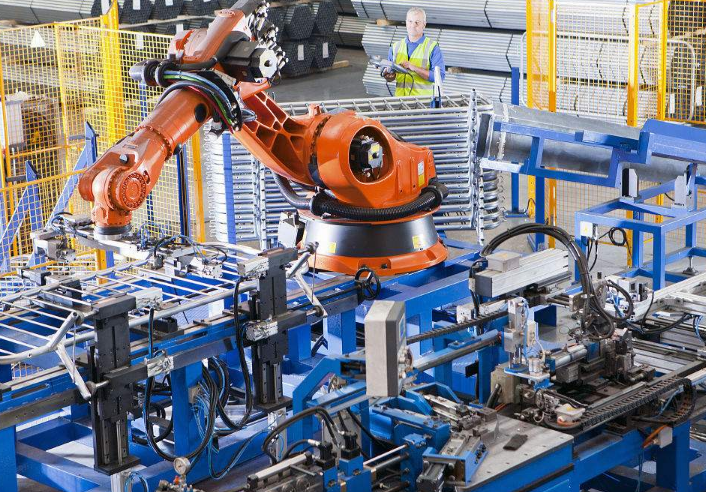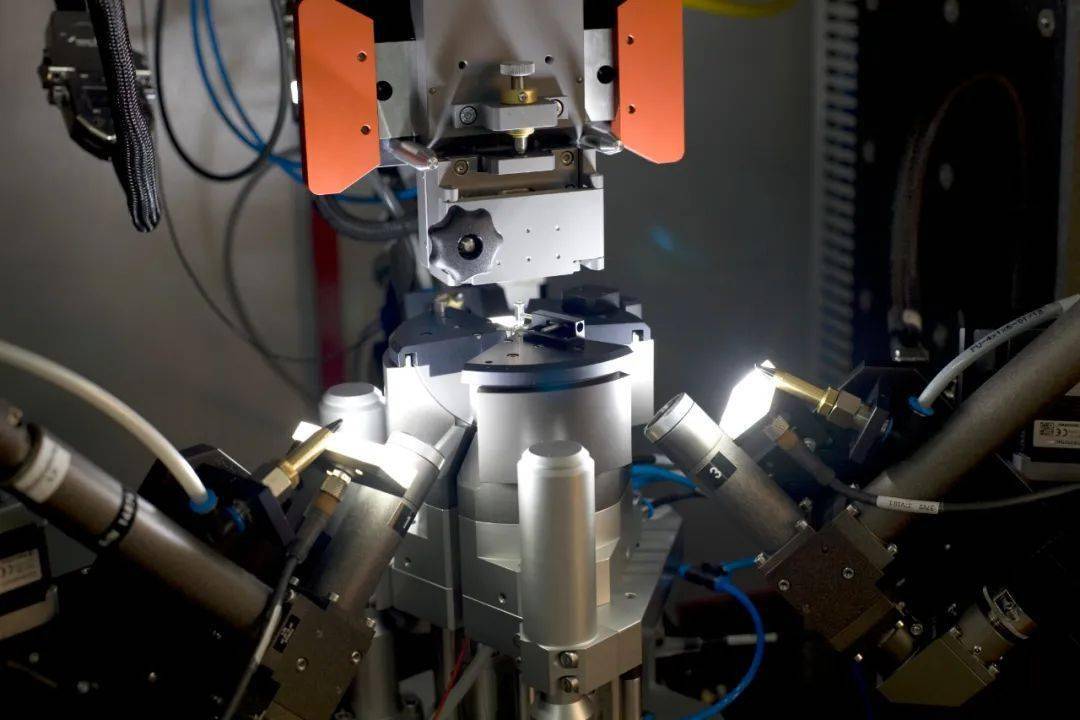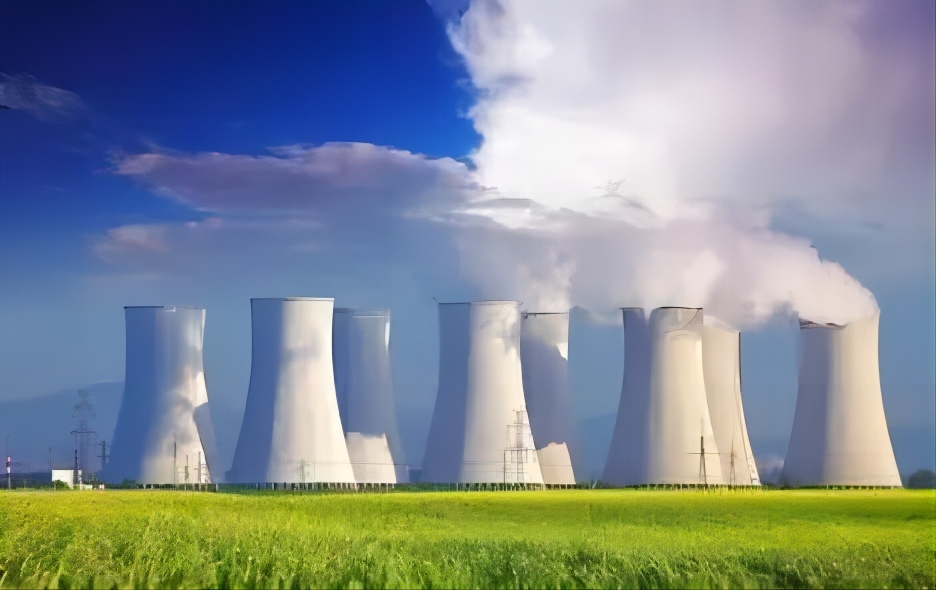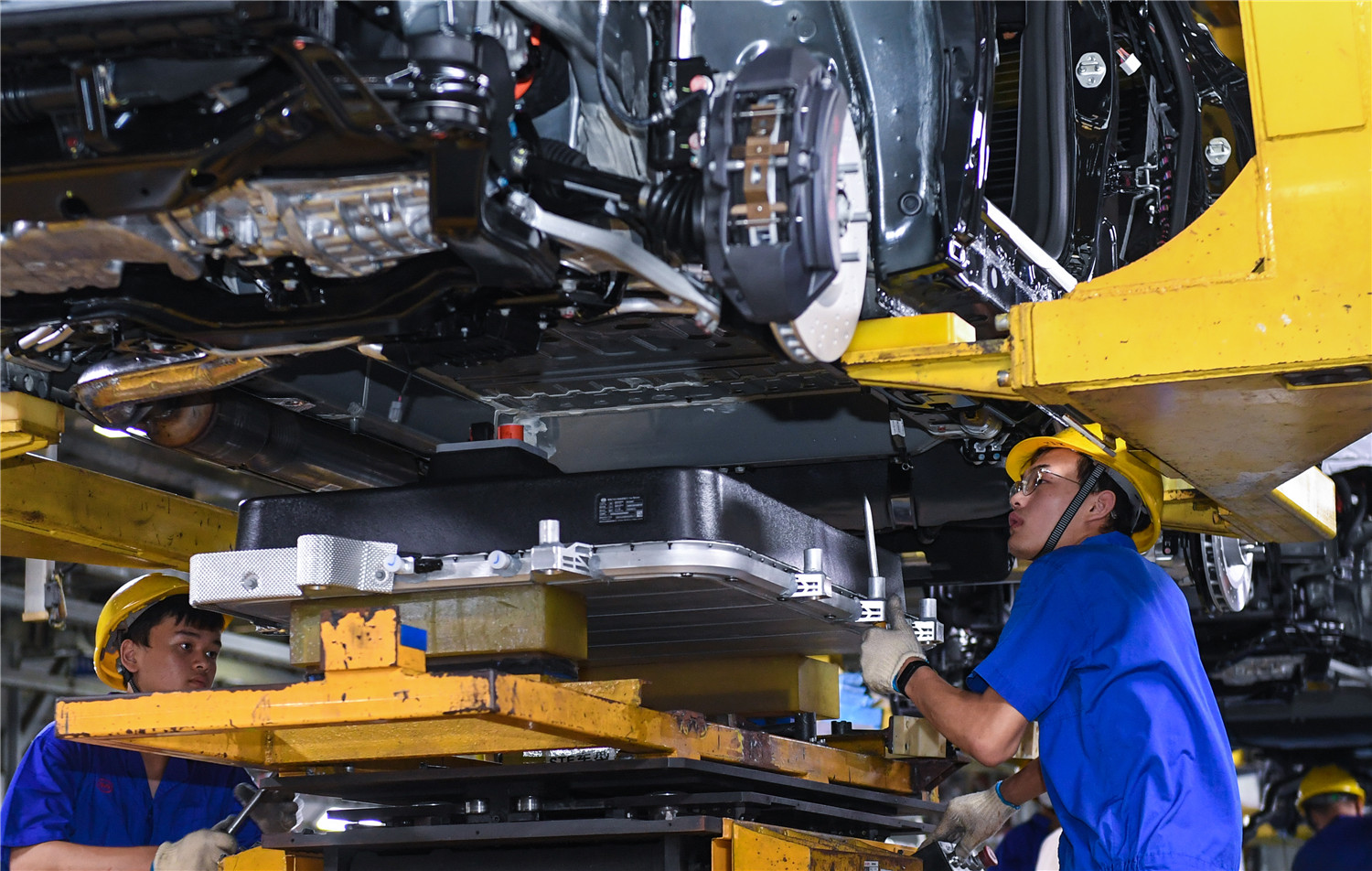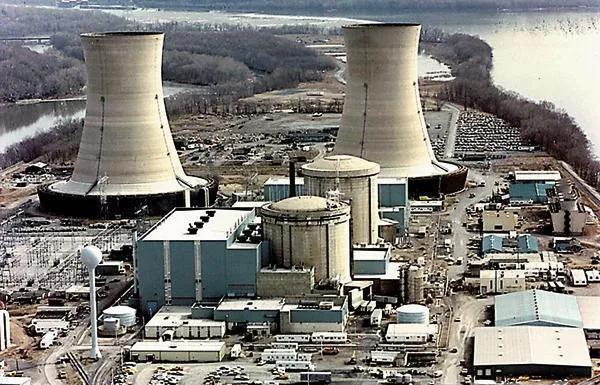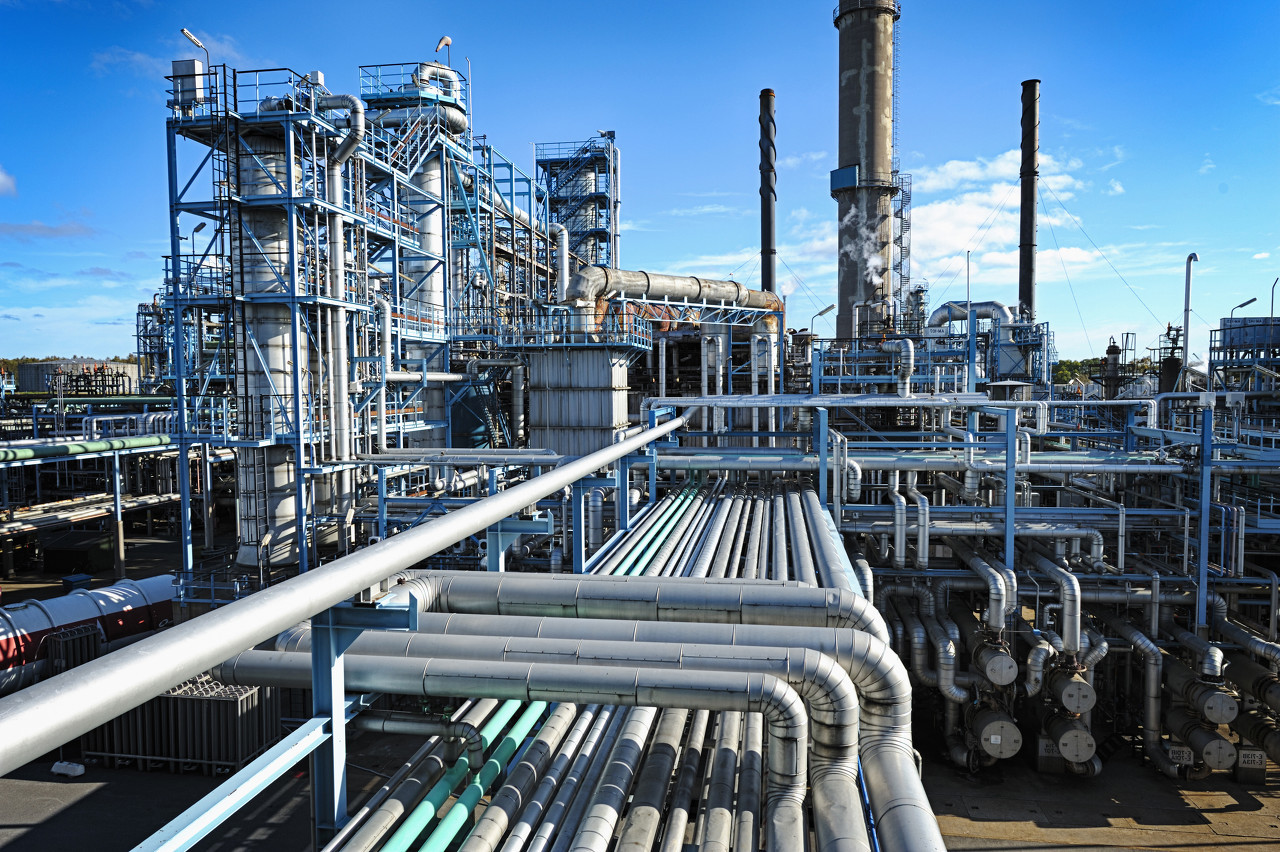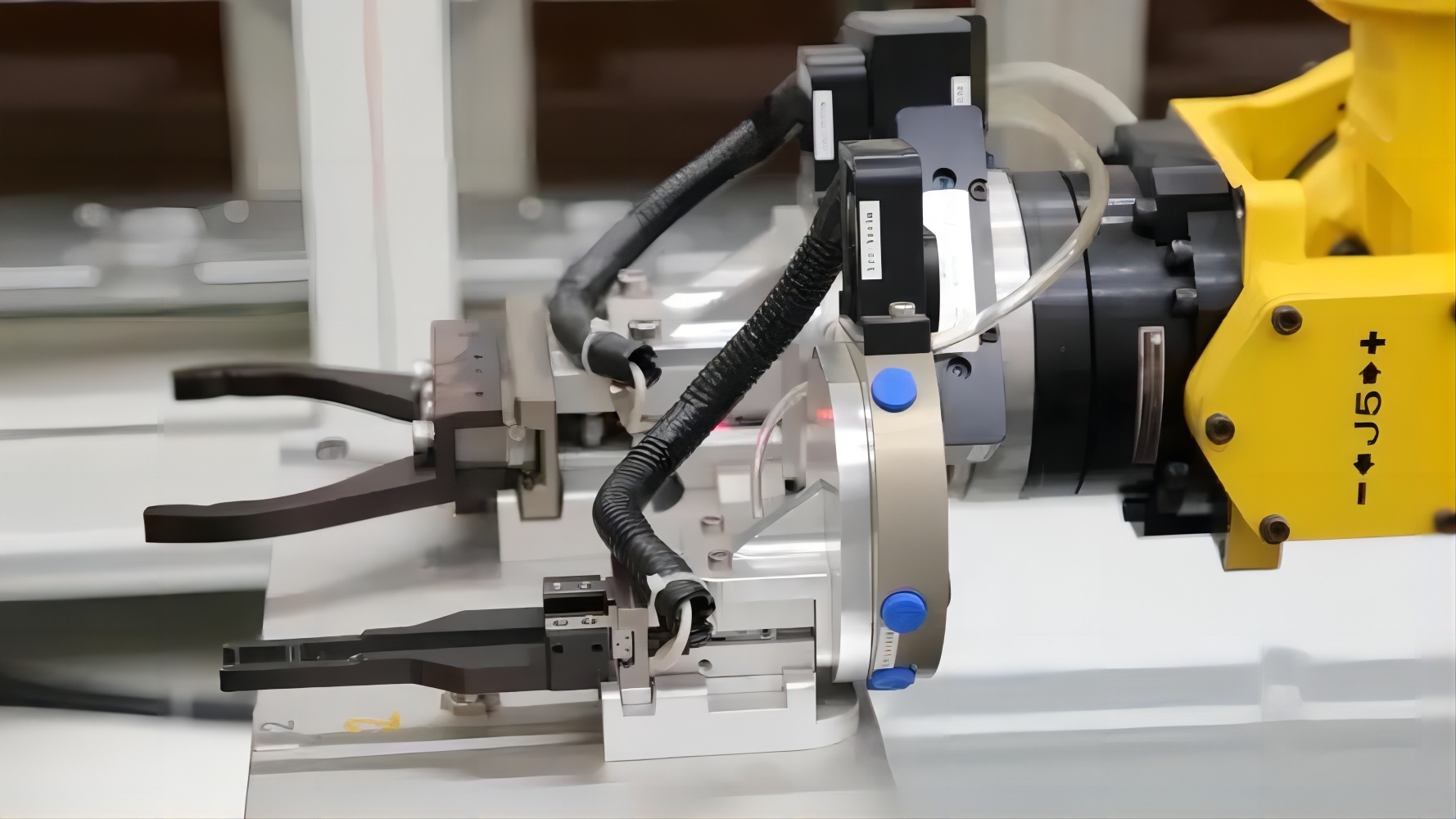| GB | JIS | UNS | W.Nr | ||||
| — | NW2201 | N10001 | 2.4617 | ||||
| Executive standard | ASTM B335;ASTM B564;ASTM B366;ASME SB-335;ASME SB-564;ASME SB-366 | ||||||
| Surface: | Mill;HL;Polish;Mirror;NO.4;Pvd….. | ||||||
| Tchnology: | Solution Treatment;Annealing | ||||||
| MOQ: | 200KG | ||||||
| Payment Term: | T/T;L/C;WesternUnion;Paypal | ||||||
| Delivery Time: | 7-15days upon receipt of the deposit | ||||||
| Package: | Standard Expot Packing or As Customers Requirement | ||||||
| Processing form:
|
 |
 |
 |
 |
 |
||
Hastelloy B Material
Product Description:
Product Details:HastelloyB coil; Hastelloy B strip
Hastelloy B plate; HastelloyB sheets;
Hastelloy B tube; Hastelloy B pipe;
Hastelloy B flat; Hastelloy B bar
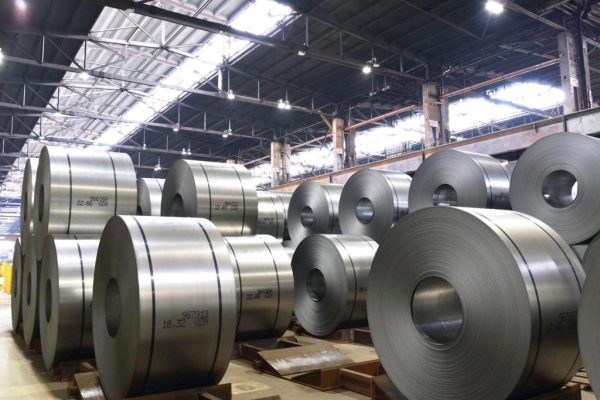
Stainless Steel Details
Chemical composition (%)
| Ni | Mo | Cr | Mn | Si | C | S | Cu | Al | Ti | V | P |
| ≥
65.0 |
28.0-
34.0 |
≤
1.0 |
≤
1.0 |
≤
0.1 |
≤
0.05 |
≤
0.03 |
≤
0.5 |
≤
0.5 |
≤
0.2 |
≤
0.2 |
≤
0.02 |
Mechanical Propert
| T.S(Mpa)≥ | YS(Mpa)≥ | EL(%)≥ | HB≤ |
| 690 | 275 | 40 | 150 |
Chemical composition (%)
| Ni | Mo | Cr | Mn | Si | C | S | Cu | Al | Ti | V | P |
| ≥
65.0 |
28.0-
34.0 |
≤
1.0 |
≤
1.0 |
≤
0.1 |
≤
0.05 |
≤
0.03 |
≤
0.5 |
≤
0.5 |
≤
0.2 |
≤
0.2 |
≤
0.02 |
Mechanical Propert
| T.S(Mpa)≥ | YS(Mpa)≥ | EL(%)≥ | HB≤ |
| 690 | 275 | 40 | 150 |

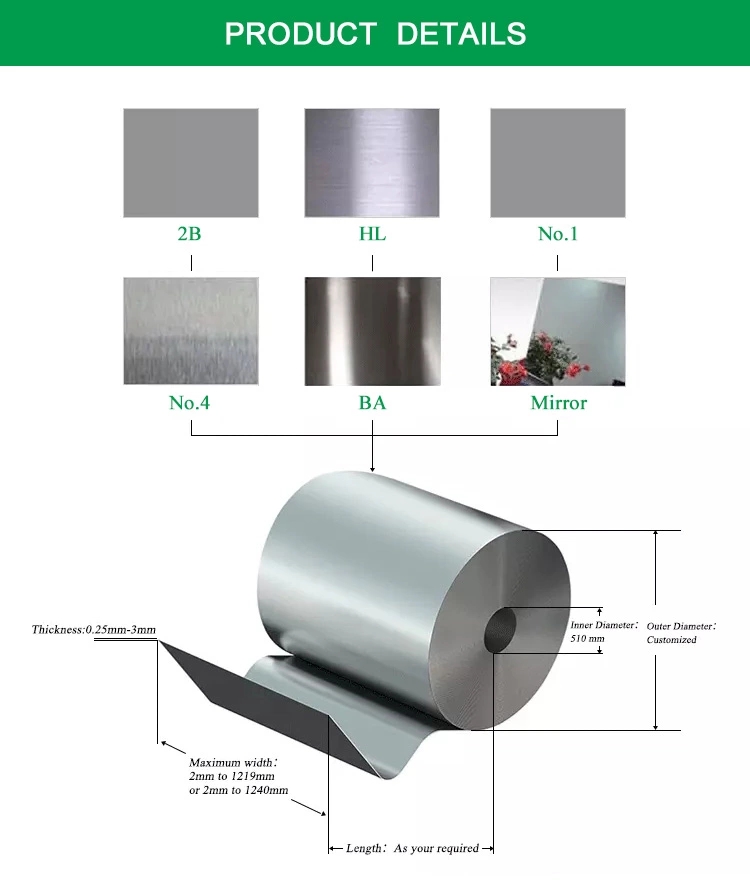
Stainless Steel Introduce
Hastelloy B is a nickel-molybdenum alloy that provides excellent resistance to reducing and oxidizing environments, as well as to stress corrosion cracking and pitting. It has a high nickel content, which makes it highly resistant to corrosion by a wide range of chemicals, including hydrochloric, sulfuric, and hydrofluoric acids. Additionally, its molybdenum content provides resistance to reducing agents such as hydrogen sulfide and ammonia.
Hastelloy B has a wide range of applications in various industries, including chemical processing, oil and gas, and petrochemical. It is commonly used in equipment such as pumps, valves, heat exchangers, and reactors, as well as in pipelines and fittings.
The alloy can be easily fabricated and welded using standard techniques, and can be formed into a variety of shapes and sizes. It also exhibits good thermal stability, allowing it to maintain its mechanical properties even at high temperatures.
However, Hastelloy B is not recommended for use in oxidizing environments where the presence of oxidizing salts, such as ferric or cupric salts, can cause rapid corrosion. It also has poor resistance to chloride-induced stress corrosion cracking, and should be used with caution in chloride-containing environments.
Overall, Hastelloy B is a versatile and reliable alloy that offers excellent corrosion resistance in a wide range of environments, making it a popular choice for many industrial applications.
Hastelloy B is a high-temperature and corrosion-resistant alloy, and its execution standards may vary depending on different countries and regions. Here are some of the main Hastelloy B standards:
US Standards: ASTM B335: Standard specification for Hastelloy B hot-rolled seamless pipes, rods and wires; ASTM B333: Standard specification for Hastelloy B hot-rolled plates, sheets, and strips; ASTM B366: Standard specification for Hastelloy B welded and seamless fittings.
European Standards: DIN 17751: Standard specification for high-temperature and corrosion-resistant Hastelloy B plates, strips, sheets, and rods; EN 10088-3: Stainless steels and corrosion-resistant steels Part 3 – Technical delivery conditions for stainless steel plates, sheets, and strips.
Japanese Standards: JIS G4902: Standard specification for high-temperature and corrosion-resistant Hastelloy B plates, rods, wires, seamless pipes, and welded pipes.
Chinese Standards: GB/T 15007: Standard specification for high-temperature and corrosion-resistant Hastelloy B hot-rolled plates, sheets, and strips; GB/T 15008: Standard specification for Hastelloy B hot-rolled seamless pipes and welded pipes; GB/T 15009: Standard specification for Hastelloy B rods and wires; GB/T 15010: Standard specification for Hastelloy B welded and seamless fittings.

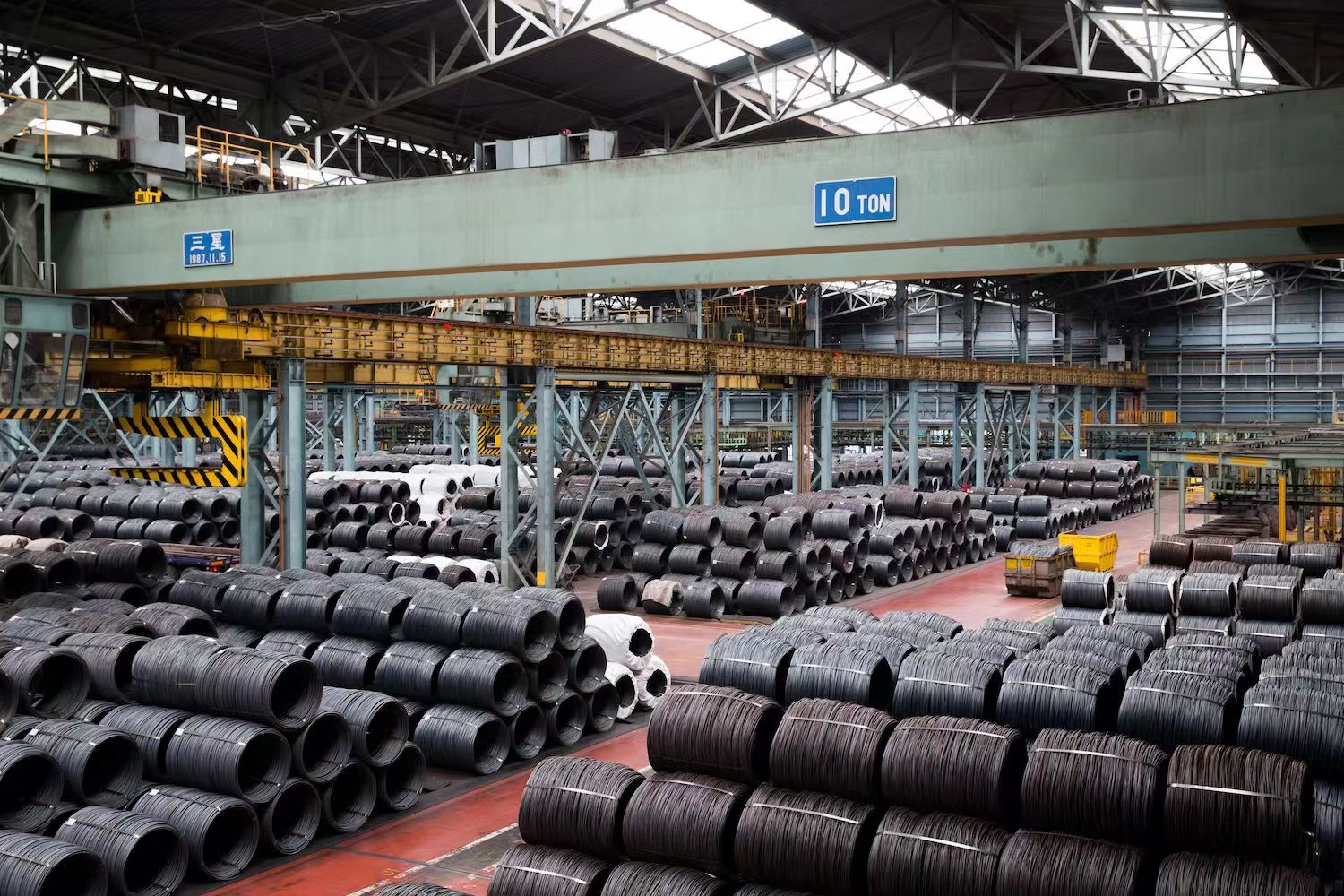
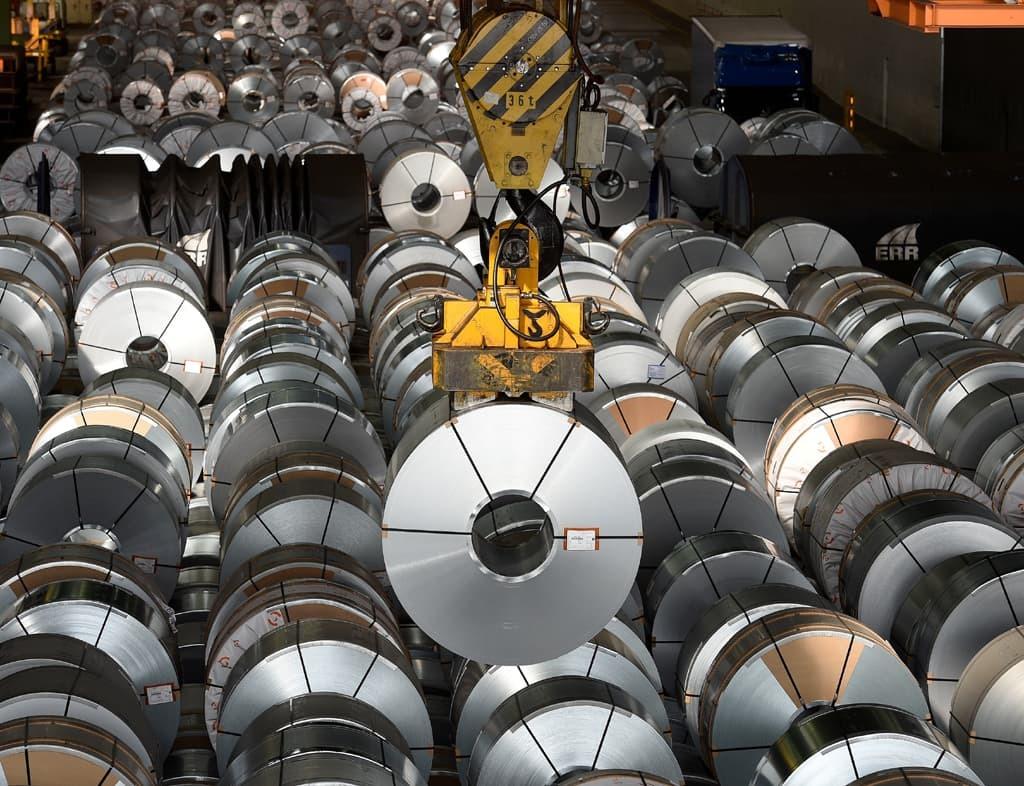
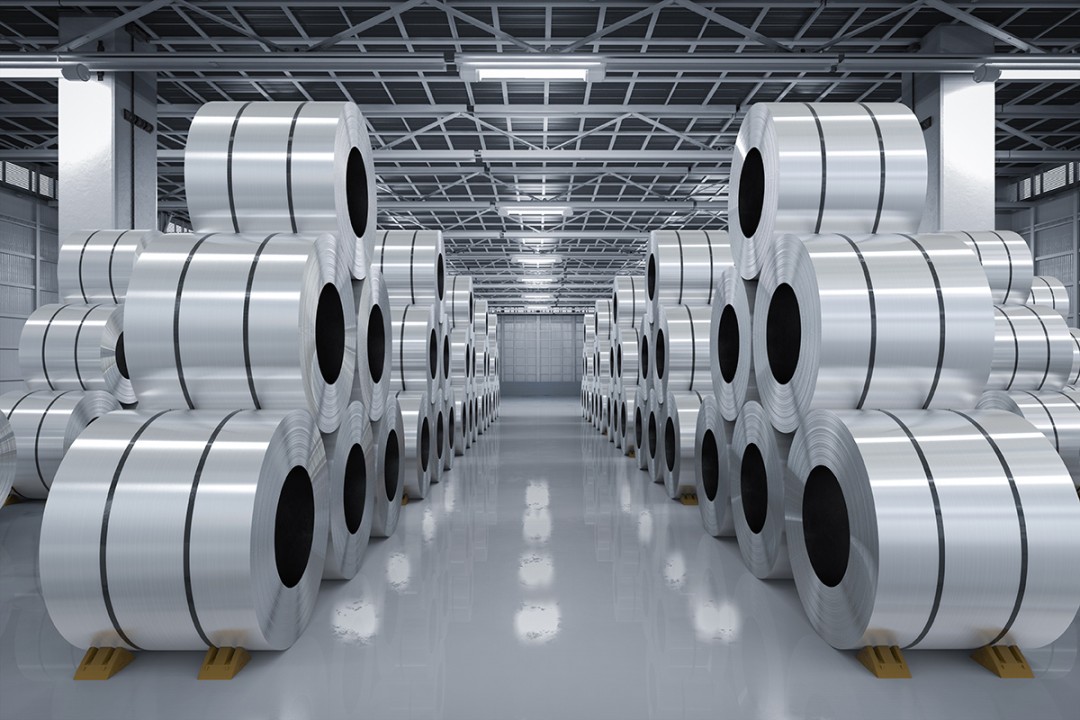
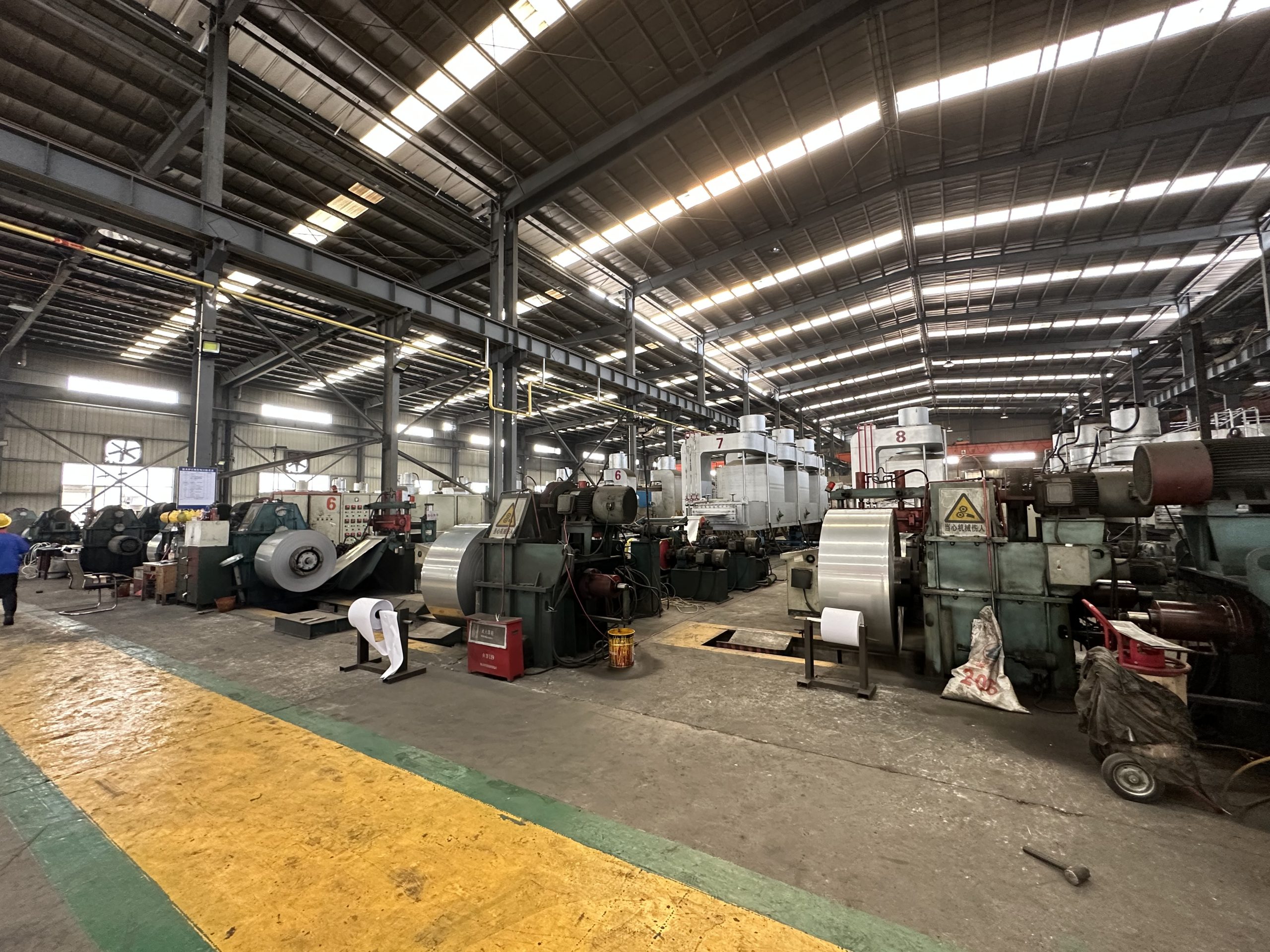
Application fields
Hastelloy B has a wide range of applications in various industries due to its excellent resistance to corrosion and other forms of degradation. Some of its common applications include:
Chemical processing: Hastelloy B is commonly used in equipment such as pumps, valves, heat exchangers, and reactors in chemical processing plants. It is particularly well-suited for handling sulfuric, hydrochloric, and hydrofluoric acids.
Oil and gas: The alloy is also used in the oil and gas industry, particularly in drilling and completion operations. It is resistant to hydrogen sulfide and other reducing agents commonly found in oil and gas fields.
Petrochemical: Hastelloy B is used in various petrochemical applications, including in the production of plastics and synthetic fibers. It can withstand the harsh environments and corrosive chemicals used in these processes.
Aerospace: The alloy is also used in the aerospace industry for its high strength-to-weight ratio and resistance to corrosion.
Nuclear: Hastelloy B is used in nuclear power plants due to its ability to withstand high temperatures and resist corrosion in nuclear environments.
Overall, Hastelloy B’s corrosion resistance and mechanical properties make it a popular choice in a wide range of industrial applications, particularly those involving corrosive chemicals and harsh environments.
Hastelloy B has a wide range of applications in various industries due to its excellent resistance to corrosion and other forms of degradation. Some of its common applications include:
Chemical processing: Hastelloy B is commonly used in equipment such as pumps, valves, heat exchangers, and reactors in chemical processing plants. It is particularly well-suited for handling sulfuric, hydrochloric, and hydrofluoric acids.
Oil and gas: The alloy is also used in the oil and gas industry, particularly in drilling and completion operations. It is resistant to hydrogen sulfide and other reducing agents commonly found in oil and gas fields.
Petrochemical: Hastelloy B is used in various petrochemical applications, including in the production of plastics and synthetic fibers. It can withstand the harsh environments and corrosive chemicals used in these processes.
Aerospace: The alloy is also used in the aerospace industry for its high strength-to-weight ratio and resistance to corrosion.
Nuclear: Hastelloy B is used in nuclear power plants due to its ability to withstand high temperatures and resist corrosion in nuclear environments.
Overall, Hastelloy B’s corrosion resistance and mechanical properties make it a popular choice in a wide range of industrial applications, particularly those involving corrosive chemicals and harsh environments.
